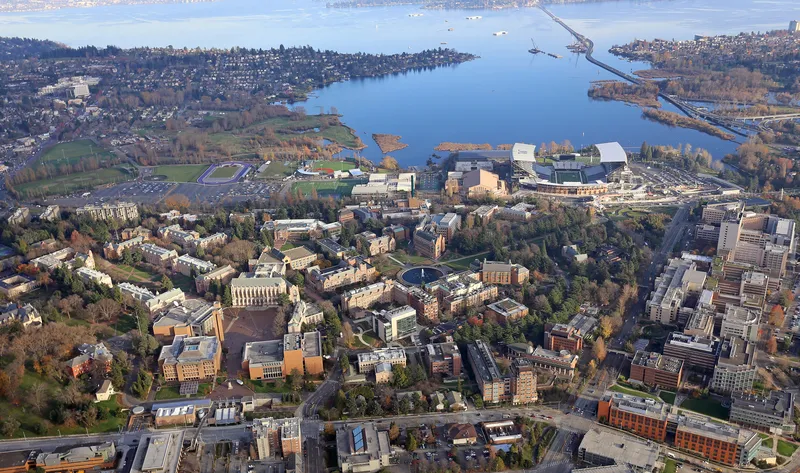TransCore, provider of intelligent transportation system (ITS) products and services to fifty US state departments of transportation, and California-based Sensys Networks are to integrate the Sensys arterial travel time system into TransCore’s TransSuite advanced traffic management system, used by more than forty state and local governments. The Sensys Networks arterial travel time system employs signature re-identification technology to measure and report real-time travel data along a city corridor. This i
June 18, 2013
Read time: 2 mins
The Sensys Networks arterial travel time system employs signature re-identification technology to measure and report real-time travel data along a city corridor. This is the said to be the first commercially available, infrastructure-based system that provides real-time travel times. TransSuite can now deliver the entire distribution of travel times along with a whole host of other real-time performance parameters for urban arteries.
Arterial traffic accounts for more than half of all traffic today, offering a tremendous opportunity for congestion reduction through the expansion of ITS systems, yet there are limited data sources to measure arterial travel times. Measuring arterial travel time is further complicated due to traffic signal delays, cars switching lanes, and generally much shorter and more diverse travel patterns.
David Sparks, executive vice president for TransCore’s ITS Group, explained, “By incorporating these key performance parameters for arterial roadways, particularly in real-time, traffic engineers can add a level of sophistication and responsiveness to dynamic traffic conditions as they happen.”
Amine Haoui, CEO of Sensys Networks, continued, “We believe the integration of the Sensys Networks arterial travel time systems into the TransSuite family of ITS products will provide customers with key arterial performance parameters that have never been available until now. We are very pleased to be working with TransCore to bring this new capability to the market.”










